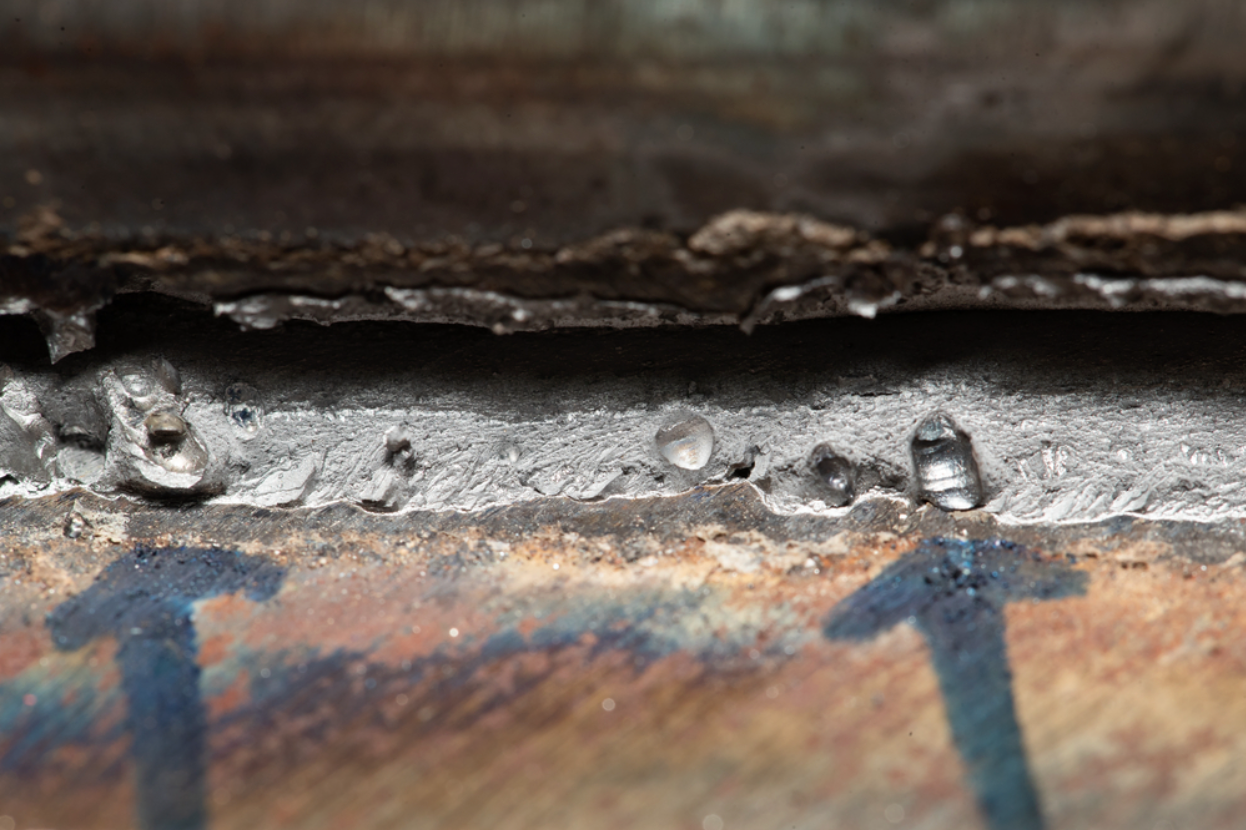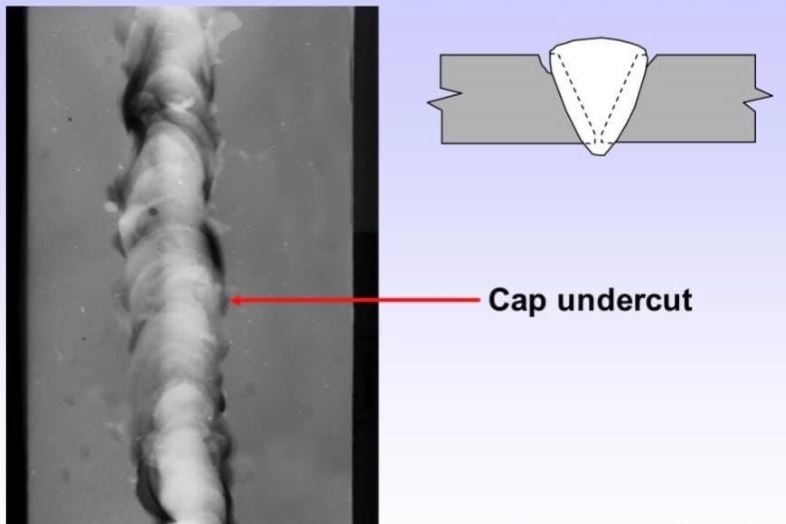Best Overview to Preventing Weld Undercut: Tips and Techniques
Best Overview to Preventing Weld Undercut: Tips and Techniques
Blog Article
Vital Tips for Welders: Protecting Against Undercut Welding and Ensuring Stronger Weld Joints
In the realm of welding, achieving solid and sturdy weld joints is the keystone of generating premium work. One typical obstacle that welders commonly run into is undercut welding, which can jeopardize the stability of the weld joint.

Recognizing Undercut Welding
Undercut welding is a typical welding flaw that takes place when the weld steel fails to properly load the groove and leads to a groove-like depression along the weld grain. This problem damages the weld joint, making it prone to cracking and failure under stress. Damaging can be triggered by numerous elements, consisting of extreme welding existing, high welding rate, incorrect electrode angle, incorrect electrode dimension, and bad welding method.
Among the primary reasons for undercut welding is an inequality between the welding present and the welding speed. If the welding current is too high or the welding speed is too quickly, the weld metal might not appropriately load the groove, resulting in damaging. Furthermore, utilizing an electrode that is also huge can lead to a similar result, as the excess steel can not correctly stream into the groove.
To protect against undercut welding, welders ought to guarantee they are using the correct welding criteria, preserve a suitable electrode angle, select the ideal electrode dimension, and practice proper welding strategies. By addressing these factors, welders can minimize the risk of damaging and create stronger, more trusted weld joints.
Appropriate Welding Technique
Reliable welding method plays a vital role in ensuring the quality and integrity of weld joints. One fundamental facet of appropriate welding technique is preserving the right angle and distance between the welding gun and the work surface.
Additionally, a constant and constant hand motion is vital for producing solid and long lasting weld joints. Welders should intend for smooth, uniform activities to ensure also distribution of the weld product. Correct control of the welding weapon and filler material is likewise key to achieving optimum infiltration and fusion.
In addition, controlling the heat input and selecting the appropriate welding criteria based on the product being bonded are important elements in accomplishing high-grade welds - Preventing weld undercut. Welders should adhere to the advised setups supplied by welding treatment specs and change them as required based on the specific needs of the project. By grasping correct welding methods, welders can significantly boost the strength and reliability of their weld joints
Picking the Right Electrode
Keeping the correct angle and distance in between the welding weapon and the work surface is basic when thinking about the relevance of picking the appropriate electrode in welding applications. The choice of electrode plays an essential role in determining the quality and stamina of the weld joint. Electrodes come in numerous address types, each made for particular purposes and materials.
To start with, selecting the proper electrode size is vital. Thinner electrodes appropriate for welding thin products, while thicker electrodes are much better for thicker products and higher heat applications. Matching the electrode diameter to the density of the work surface assists achieve a balanced weld.
Second of all, comprehending the product structure of the electrode is vital. Various electrodes are made for welding certain products like steel, stainless-steel, light weight aluminum, or cast iron. Using the proper electrode material makes sure great fusion and decreases the danger of defects in the weld.
Finally, taking into consideration the welding setting and technique is essential when selecting the electrode kind. Certain electrodes are much better suited for upright or overhead welding settings, while others work well for flat or horizontal placements. Selecting the right electrode based on the welding strategy improves the total weld top quality and honesty.
Preparing the Base Steel
To guarantee a successful welding process, what first actions should be taken when preparing the base steel for welding? Correctly preparing the base steel is crucial for attaining solid and durable weld joints. The very first step in preparing the base steel is to clean it thoroughly to eliminate any type of contaminants such as rust, paint, dirt, or oil. This can be done utilizing a wire brush, chemical, or mill solvents. In addition, any kind of existing weld product or deposit from previous welding need to be gotten rid of to guarantee a tidy surface for the brand-new weld.

Performing Post-Weld Evaluations

After carrying out these analyses, welders should contrast the results versus market criteria and task demands to guarantee that the weld joint fulfills all needed standards. Any insufficiencies or inconsistencies uncovered throughout the post-weld assessment needs to be without delay attended to through appropriate corrective actions to assure the weld's stability. By faithfully executing post-weld examinations and without delay dealing with any type of problems, welders can maintain the quality and reliability of their job, eventually adding to the safety and security and longevity of the welded frameworks.
Conclusion

Finally, preventing undercut welding and ensuring more powerful weld joints need a combination of proper welding technique, choosing the best electrode, preparing the base metal properly, and conducting post-weld assessments. By comprehending the root causes of undercut welding and executing the essential preventative measures, welders can create top quality weld joints that meet sector standards and make sure the structural stability of the bonded components.
Undercut welding is a common welding issue that happens when the weld steel stops working to properly fill the groove and results in a groove-like anxiety along the weld grain (Preventing weld undercut). Damaging can be created by numerous factors, including extreme welding present, high welding rate, improper electrode angle, wrong electrode size, and poor welding method
One of the primary reasons for undercut welding is an inequality between the welding current and the welding speed. If the welding current is as well high or the welding speed is too fast, the weld metal over here might not adequately fill up the groove, leading to undercutting.Preserving the appropriate angle and distance between the welding gun and the workpiece is fundamental when taking into consideration the importance of picking the right electrode in welding applications.
Report this page